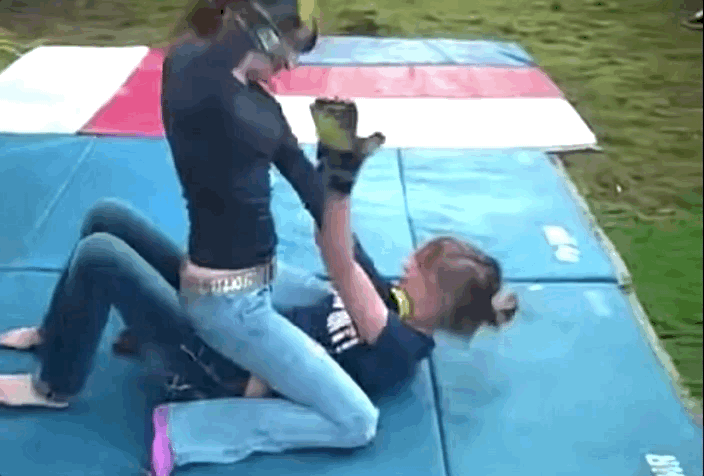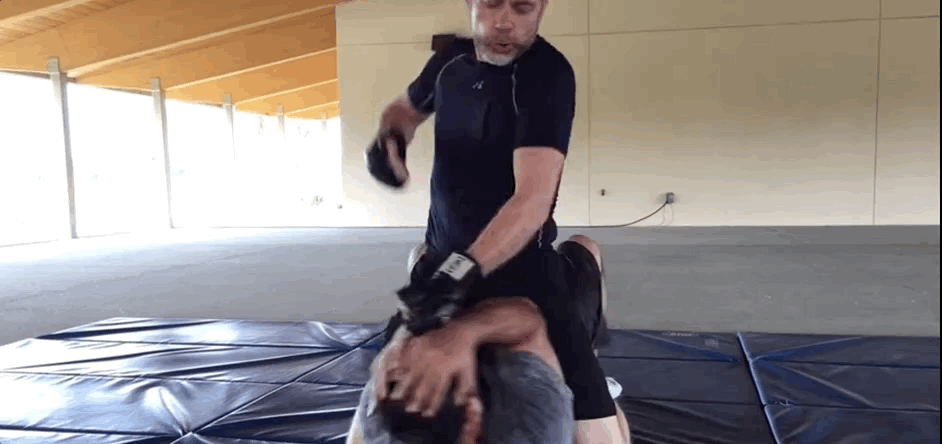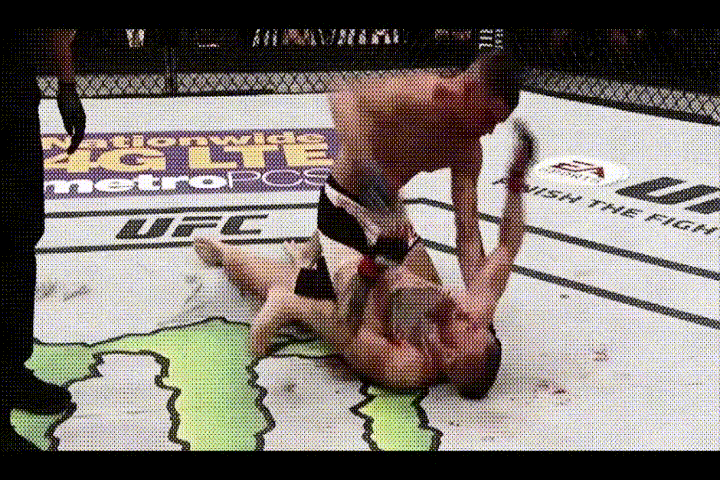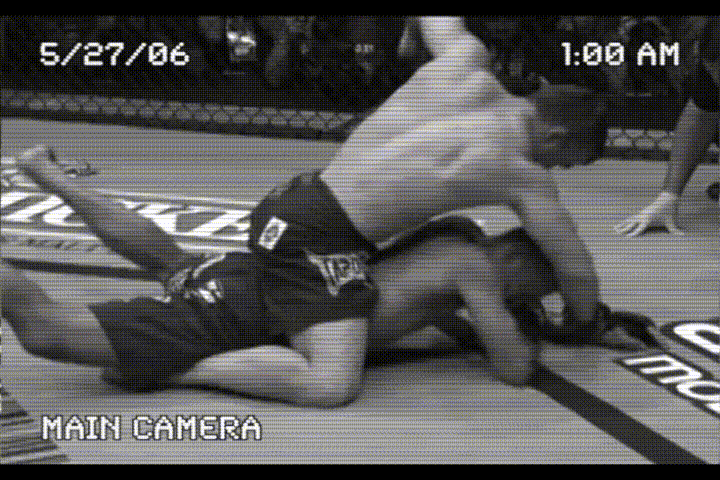
Ahoy!
I think I know why you’re here. Let me guess, you’re a casual fight fan trying to understand the complexities of mixed martial arts.
Maybe you’re doing some research for work. Or you’ve found a way to bond with your kid who’s a huge fight nut, and you’re trying to figure out what the hell is going on with what you’re watching.
Whatever it is that you’re here for, grab a seat. I’m honored that you’ve chosen this platform as a medium to inform yourself. From my end, I will try my very best to impart the knowledge I’ve gained as a martial arts practitioner myself.
For this series, we’ll take a look at one of the most head-scratching aspects of MMA: ground fighting.
If you’ve been to an event live, it can get quite anti-climactic when the action gets to the mat. If you’re seated at a blind spot, you won’t be able to see jack shit. And if you’re the “just bleed” fan who’s all about the violent knockouts, you may find it boring, uneventful, even homoerotic.

But if you know what you’re looking at, you’ll learn to appreciate its fascinating intricacies. You’ll see that there’s as much action in grappling as there is when two fighters are trying to punch and kick each other’s heads off.
Submission Grappling in MMA: A Crash Course
You came here for an education, you got it. Let’s begin your MMA grappling crash course with the top positions. Getting yourself in these positions means you’ve won half the battle. From there, it’s all a matter of establishing control before executing a finish.
Full Mount

You’ve likely seen this happen in your playground in middle school. A fight breaks out, one kid somehow gets on top of the other, sits heavy, and pounds away. It’s a strategy that works equally well in mixed martial arts.
That right there is called a full mount. If you’re a grappler by nature, you’d want to be in this position. It allows you to punch or elbow your opponent’s face to a pulp or score submissions.
A proper full mount has three key components:
1. Heavy chest pressure on the opponent
2. Attacker’s knees are planted on the mat and squeezed tight underneath the opponent’s arms
3. Attacker can comfortably posture up without getting thrown off balance
Number one is crucial. It’s also one of the most common mistakes fighters make when trying to go to full mount.
Many settle for the abdomen instead of the chest. But that allows the opponent to bridge their hips up, move out and get to a less compromising position.

But if done right, the person underneath will be left with no other choice but to either leave their arms exposed for an arm lock. Or, they try to bridge their way out, turn to their stomach and give their back.

That opens the attacker up to another dominant position.
Back Mount

Let’s take this back to the street scenario. Unless you’ve got a pair of eyes at the back of your head, anyone who controls you from behind will have their way with you.
In the context of grappling, securing a back mount is gold. It opens you up to strikes that are almost impossible to defend.

But the most obvious attack from this position is the rear-naked choke. A.k.a “The Lion Killer,” a.k.a “Mata Leao.” It’s my all-time favorite submission and it’s the choke that won me my first amateur fight in 2018.

What I like about the Mata Leao is that it’s almost a sure thing. Once you’ve got the choking forearm under the chin and you’ve locked that hand on the opposite bicep, it’s a done deal.

But even if you don’t get it under the chin, you get to apply the same amount of pressure on the jaw for an instant face and neck crank. That’s no fun, either.

To pull off the rear-naked choke, you’ll need to tick off every item on this checklist:
1. Attacker must have their chest pressed against the opponent’s upper back
2. Choking arm must be draped over the shoulder as the other arm connects to it from underneath the opposite side armpit (a.k.a the seatbelt grip)
3. Attacker’s legs are hooked onto the opponent’s thigh to prevent them from scooting out of position.
Step one is mandatory if you want to pull off this choke. It won’t work if you’re too high up, but you can secure other submissions from there.
This is the seatbelt grip, which you learn in week one of grappling class.

Step three is optional. If your anatomy permits it, you can create a tighter guard using what’s called a body triangle. You basically throw your dominant leg across the opponent’s midsection and figure-four it with the other.
That, right there, is a diaphragm crusher.

The goal of the person defending the back mount is to find a way to unlock the hooks, face their attacker, and get to a neutral position.
To effectively pull this off would lead to a reversal in positions, with the attacker now fighting off their back.

But as any seasoned grappler will tell you…
Being on Your Back Ain’t So Bad

Thanks to the Gracie Jiu-Jitsu army, martial arts as the traditional practitioners knew it, was turned upside down. All of a sudden, being on your back during a fight isn’t such a horrible position to be in.
If you think about it, it makes total sense. The legs are much stronger than the arms and they offer a lot more in terms of controlling another individual.

This right here is called the closed guard/full guard. The idea is to keep your opponent from transitioning to a dominant position (a.k.a passing the guard) by locking them tight between your legs.
From there, it’s all hip action to create submission opportunities or to sweep your opponent to get to a top position. If you know what you’re doing, it’s actually an advantageous position to be in.
The guard works well in Brazilian Jiu-Jitsu and grappling tournaments. But once you factor in punches and elbow strikes, it becomes an entirely different ballgame.
What I hate seeing during fights is people getting complacent from the guard position. They’ve done so much pure grappling in training that they seemingly forget about the high likelihood of getting their faces bashed in.

But of course, not all combatants are created equal. Some are just pure wizards on the ground. It’s such a sight to behold.

Here are the key components of an effective closed guard:
1. Attacker’s legs are securely wrapped around the opponent’s waist
2. Attacker controls posture with one hand over the opponent’s neck and the other hand hooked over the opponent’s tricep (a.ka. An overhook)
3. Attacker has ample space to move one of their hips out for a possible sweep or armlock attack
What Is the Best Martial Art For Grappling?
I get this question a lot, especially from students of my beginner’s submission grappling class. Brazilian Jiu-Jitsu gets the most marketing push, while the swag points go to judo. But the non-stop forward pace of wrestling puts anyone at a huge advantage.
I don’t have a straight answer to this question. If we’re talking about grappling in MMA, knowing a little bit of everything gives you the edge. The same thing applies to pure grappling tournaments.
I have a Brazilian Jiu-Jitsu base, but I try to learn some elements of catch, folkstyle, and freestyle wrestling, and Sambo. In my experience, that hybrid style plays most effectively against purists. You’re giving them different looks they’ve never seen before, and that flusters them.
My ultimate suggestion: get a feel of what works best for you. Don’t marry yourself to one discipline. Because in this day and age, it pays to have extra layers to your game.




